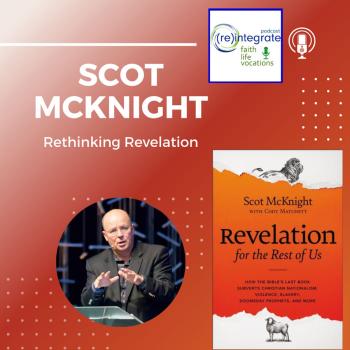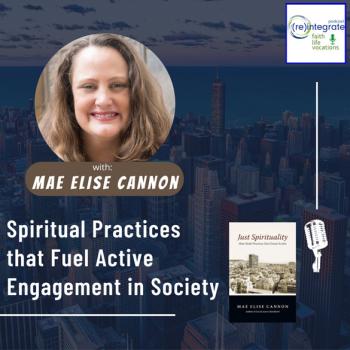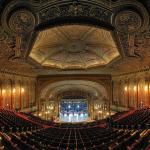One of the recurring topics of conversation I have with college students pertains to how to engage with the popular culture. Those students from more conservative churches say that the only possible Christian reaction to what the culture provides, especially in popular entertainment, is to separate and not participate in it. The more moderate students will say that a proper stance is to enjoy popular art so long as it is not too sinful in nature. But most of the students have not thought through the topic. They merely enjoy the latest movies, popular television shows, and hit music.
But there is a superior way to deal with culture.
![structure-direction[10]](https://www.re-integrate.org/wp-content/uploads/2013/05/structure-direction10.jpg) Albert Wolters suggests that if we think in terms of the biblical storyline of “Creation, Fall, Redemption,” we will have a better paradigm by which to engage culture.
Albert Wolters suggests that if we think in terms of the biblical storyline of “Creation, Fall, Redemption,” we will have a better paradigm by which to engage culture.
Creation is the way things were originally created, “very good” in God’s eyes. It is the structure that God originally intended, not just for the primordial creation, but also the latent potential embedded in the creation from the beginning which enables humanity to create new technologies and art.
Fall and Redemption are then the two opposing directions that humanity is now engaged in exercising upon this God-ordained structure. Thus, if we think in the paradigm of Structure and Direction we will be called not to just shun the things of the Fall, but rather to actively engage in changing the trajectory of those things toward Redemption.
In Creation Regained: Biblical Basics for a Reformational Worldview, Albert Wolters writes,
“This twin emphasis makes a radical difference in the way Christian believers approach reality. Because they believe that creational structure underlies all of reality, they seek and find evidence of lawful constancy in the flux of experience, and of invariant principles amidst a variety of historical events and institutions. Because they confess that a spiritual direction underlies their experience, they see abnormality where others see normality, and possibilities of renewal where others see inevitable distortion. In every situation, they explicitly look for and recognize the presence of creational structure, distinguishing this sharply from the human abuse to which it is subject.” (pp. 88-89)
This paradigm then moves the Christian toward redemptive action. It is not enough to identify that which is good, true and beautiful as opposed to that which is evil, lies and distortion. It is the Christian vocation to intentionally turn that which is in the latter categories toward God’s good intentions.
In Matthew 13:33, Jesus says, “The kingdom of heaven is like yeast that a woman took and mixed into about sixty pounds of flour until it worked all through the dough.”
Wolters writes,
“We learn for this that the gospel is a leavening influence in human life wherever it is lived, and influence that slowly but steadily brings change from within. The gospel affects government in a specifically political manner, art in a peculiarly aesthetic manner, scholarship in a uniquely theoretical manner, and churches in a distinctly ecclesiological manner. It makes possible renewal of each creational area from within, not without…
Everything in principle can be sanctified and internally renewed—our personal life, our societal relationships, our cultural activities…
What was formed in creation has been historically deformed by sin and must be reformed in Christ.” (p. 90. 91)
A missional attitude for artists and for those who patronize the arts, then, is to be actively reformational: Intentionally seeking to be change agents, changing the direction of the things in God’s good creational structure away from the depravity of the Fall and toward the the way things ought to be.
The Christian mandate is to both creational and redemptive. How can we do this? How have you done this?
Image by Drink Machine. Used with permission. Sourced via Flickr.












